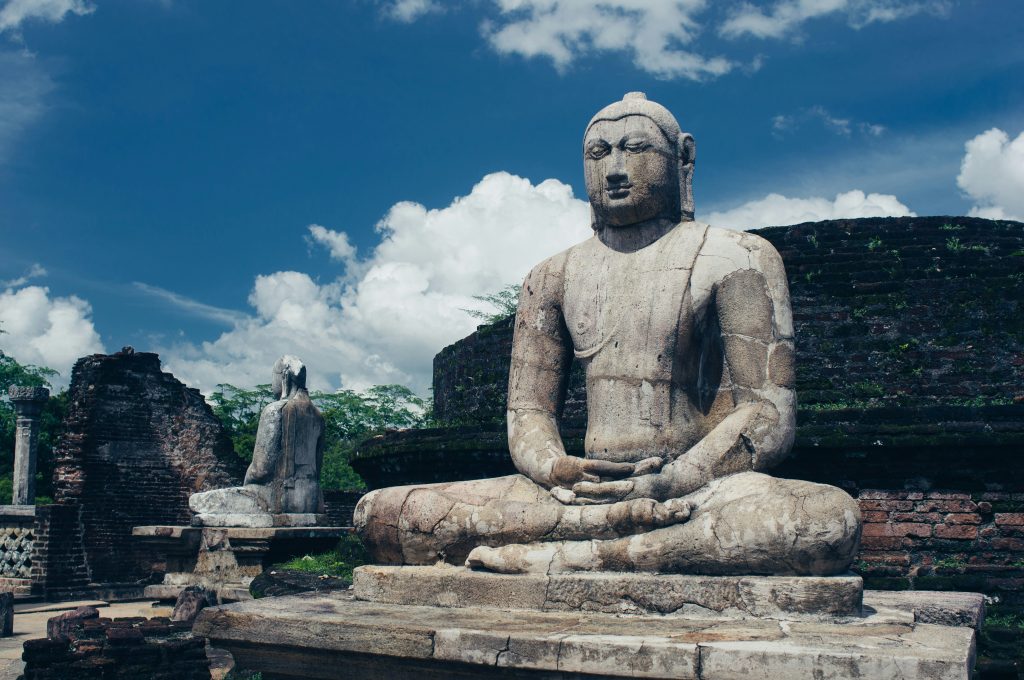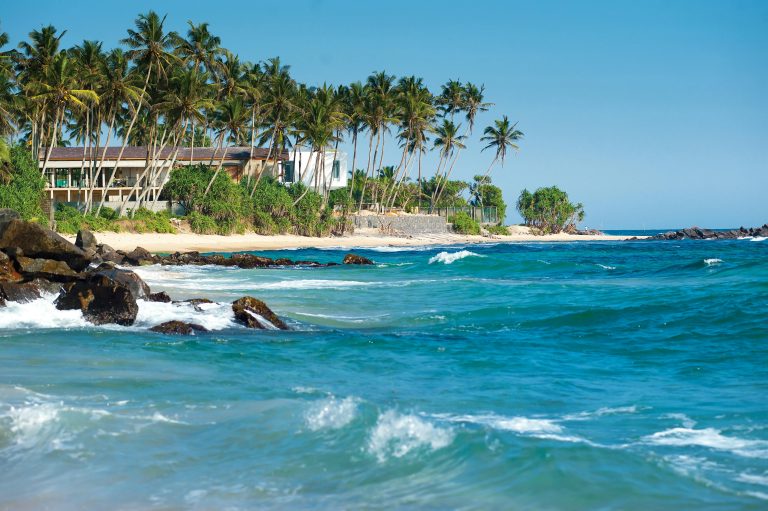Cultural & Historical Activities in Sri Lanka – A Journey Through Time and Tradition

Sri Lanka, the “Pearl of the Indian Ocean,” is a small island with an extraordinarily rich tapestry of history, culture, and tradition. From ancient kingdoms and sacred temples to colorful festivals and living crafts, the country offers visitors an immersive cultural experience found nowhere else. This guide takes you through the most captivating cultural and historical activities you can enjoy during your visit to Sri Lanka.
1. Explore the Ancient Capitals
Anuradhapura – The Sacred City
Anuradhapura, Sri Lanka’s first capital, dates back over 2,000 years and remains a sacred city for Buddhists worldwide. Walking among its giant dagobas (stupas), ancient monasteries, and the revered Sri Maha Bodhi tree – said to be the oldest recorded tree in the world – feels like stepping into living history.
Highlights:
- Ruwanwelisaya and Jetavanaramaya stupas
- Sri Maha Bodhi sacred tree
- Monastic ruins and stone carvings
Polonnaruwa – Medieval Glory
Polonnaruwa replaced Anuradhapura as the capital in the 11th century and is now a UNESCO World Heritage Site. The well-preserved ruins showcase sophisticated irrigation systems, temples, and the famous Gal Vihara rock statues of the Buddha.
Highlights:
- Parakrama Samudraya (massive ancient reservoir)
- Gal Vihara Buddhas
- Royal Palace and Council Chamber
Sigiriya – The Lion Rock
This dramatic rock fortress rises nearly 200 meters above the surrounding plains. Built by King Kasyapa in the 5th century, Sigiriya combines palace ruins, landscaped gardens, and vibrant frescoes of celestial maidens. Climbing to the summit offers panoramic views and a glimpse into royal ingenuity.
Highlights:
- Lion’s Paw Gate
- Water and boulder gardens
- Famous Sigiriya frescoes
2. Immerse Yourself in Colorful Festivals
Festivals are at the heart of Sri Lankan culture. They blend religion, art, and community in spectacular fashion. Time your trip to coincide with at least one of these celebrations.
Kandy Esala Perahera
Held every July or August in the hill capital of Kandy, this 10-day pageant honors the Sacred Tooth Relic of the Buddha. Nightly processions feature elaborately decorated elephants, traditional dancers, fire twirlers, and drummers.
Why Go: One of Asia’s oldest and grandest Buddhist festivals.
Vesak Festival
Celebrated in May during the full moon, Vesak marks the birth, enlightenment, and passing of the Buddha. Streets glow with lanterns, pandals (illuminated tableaux), and free food stalls called “dansalas” offer meals to all.
Why Go: Experience Sri Lanka’s generosity and spiritual devotion.
Harvest and Hindu Festivals
- Thai Pongal: Tamil celebration of the harvest with colorful kolam art.
- Deepavali (Diwali): Festival of lights bringing Hindu homes alive with lamps and sweets.
- Sinhala & Tamil New Year (April): Island-wide festivities with traditional games, rituals, and food.
3. Discover Living Traditions and Crafts
Sri Lanka’s culture isn’t just in ancient stones – it thrives in villages, workshops, and markets.
- Traditional Dance & Drumming: Watch Kandyan, Low Country, and Sabaragamuwa dances with their intricate costumes and acrobatics.
- Mask Carving in Ambalangoda: Artists carve and paint colorful wooden masks used in rituals and performances.
- Handloom & Batik: Visit craft centers to see artisans weaving and dyeing fabrics.
- Ayurveda & Herbal Traditions: Experience centuries-old healing practices through spa treatments and village tours.
4. Experience Village Life
For a deeper connection, spend time in a rural village:
- Ride a bullock cart or paddle a canoe across paddy fields.
- Cook a traditional rice-and-curry meal with a local family.
- Learn how to harvest coconuts or tap toddy.
These interactions support local communities and give you authentic insight into Sri Lankan daily life.
5. Visit Sacred Temples and Shrines
Sri Lanka is home to multiple religions living side by side:
- Buddhist Temples: Dambulla Cave Temple’s 150+ Buddha statues and murals are breathtaking.
- Hindu Kovils: Nallur Kandaswamy Kovil in Jaffna and Koneswaram Temple in Trincomalee showcase Dravidian architecture.
- Catholic Churches: St. Anne’s in Negombo highlights the island’s colonial heritage.
- Mosques: The Jami-Ul-Alfar “Red Mosque” in Colombo is an architectural gem.
6. Culinary Adventures – Taste the Culture
Food is an integral part of Sri Lankan heritage. Join a cooking class, shop at a village market, or simply sample:
- Rice & Curry: The staple meal with multiple vegetable curries and sambols.
- Hoppers & String Hoppers: Bowl-shaped pancakes and steamed rice noodles.
- Seafood Specialties: Especially along the coastal belt.
- Sweets at Festivals: Kavum, kokis, and laddu during the New Year or Hindu celebrations.
7. Practical Tips for Planning Your Cultural Trip
- Best Time to Visit: December–April for the west and south coasts; May–September for the east coast. Festival dates vary, so check calendars.
- Getting Around: Trains, buses, and tuk-tuks make travel easy.
- Guides: Hire licensed cultural guides at heritage sites for deeper insight.
- Dress Code: Modest clothing when entering temples; remove shoes and hats.
- Photography: Always ask permission before photographing people or sacred objects.

